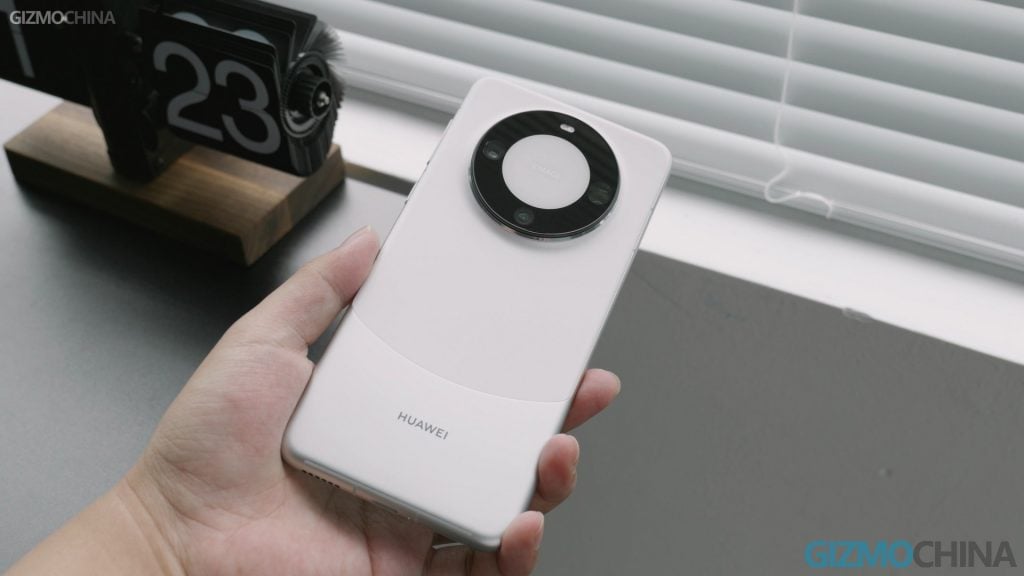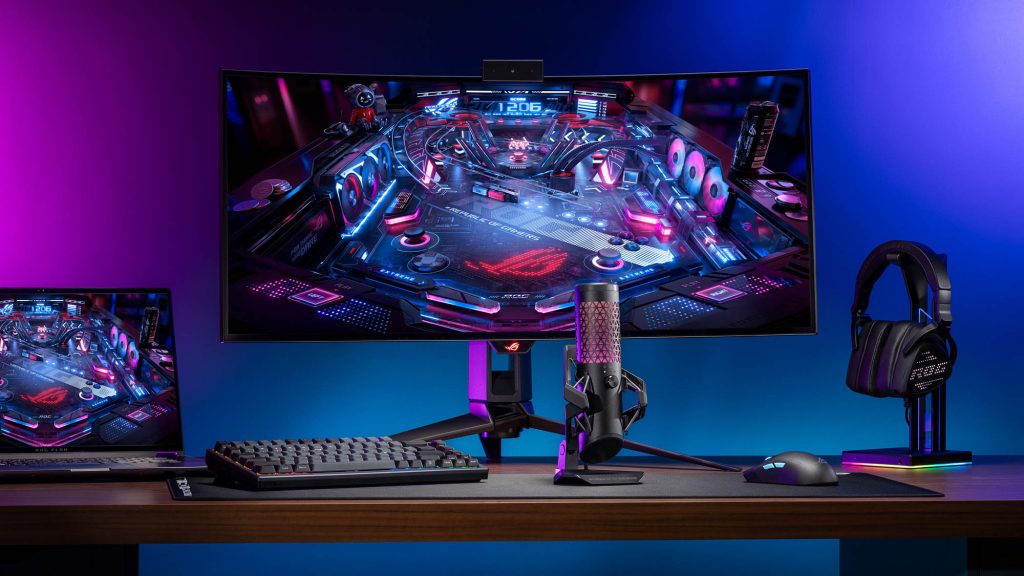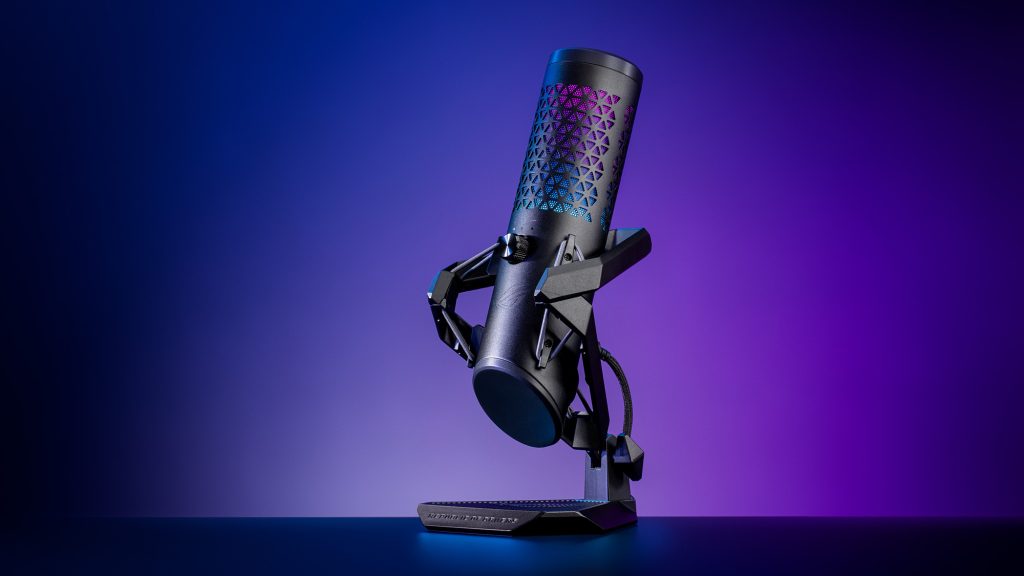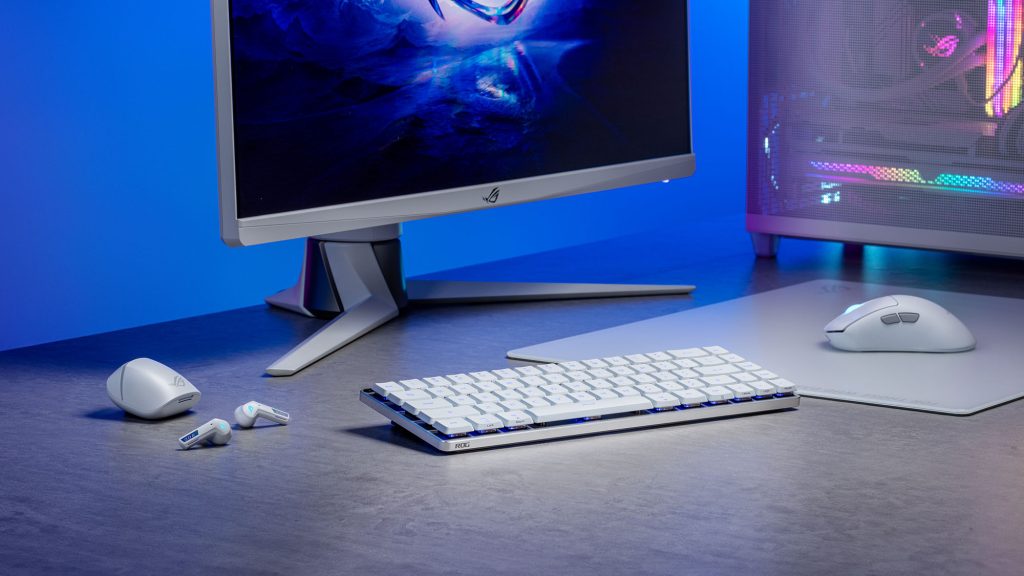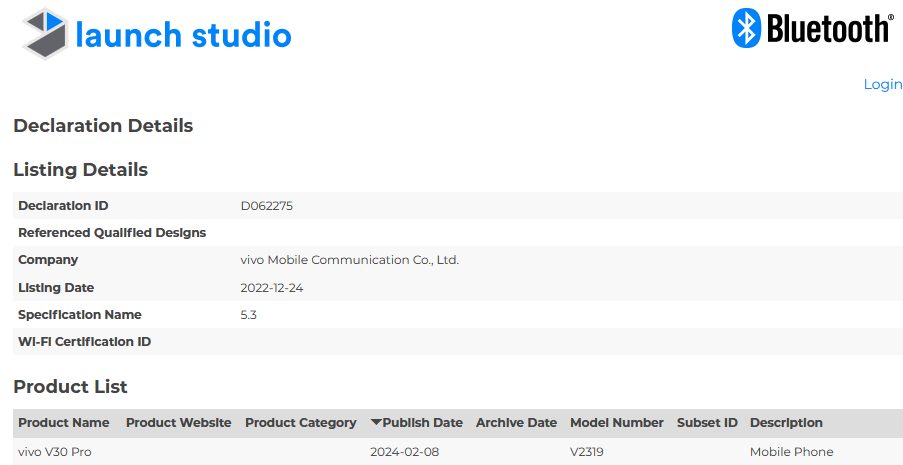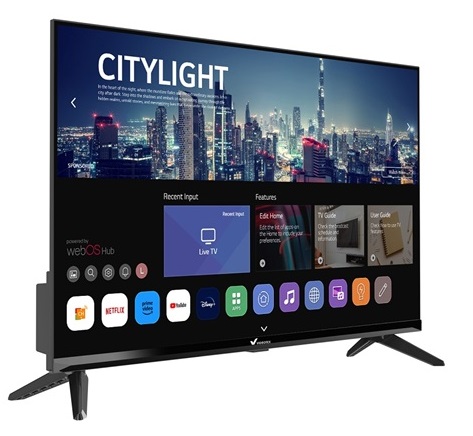The smartwatch market in India witnessed an impressive 50% year-on-year growth in 2023, according to Counterpoint Research, signaling a significant tech evolution where smartwatches are becoming increasingly popular as both fashionable accessories and health monitoring devices.
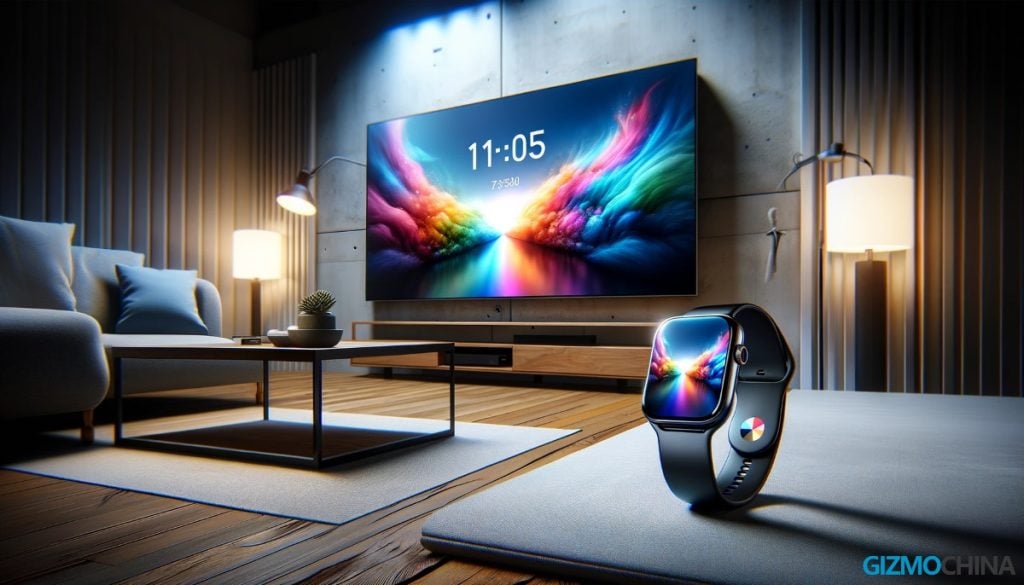
Driving Forces Behind India’s Smartwatch Market Boom in 2023
Remarkably, this growth has been driven primarily by local Indian brands such as Fire-Boltt, which holds a 30% market share, Noise with 26%, and boAt with 17%. These brands have successfully captured the market by offering smartwatches at affordable prices, often below the ₹2,000 threshold, a significant increase from 26% in 2022. Their success is attributed to a combination of aggressive marketing, local manufacturing, and catering to a cost-conscious consumer base, thus making smartwatches more accessible to a broader audience.
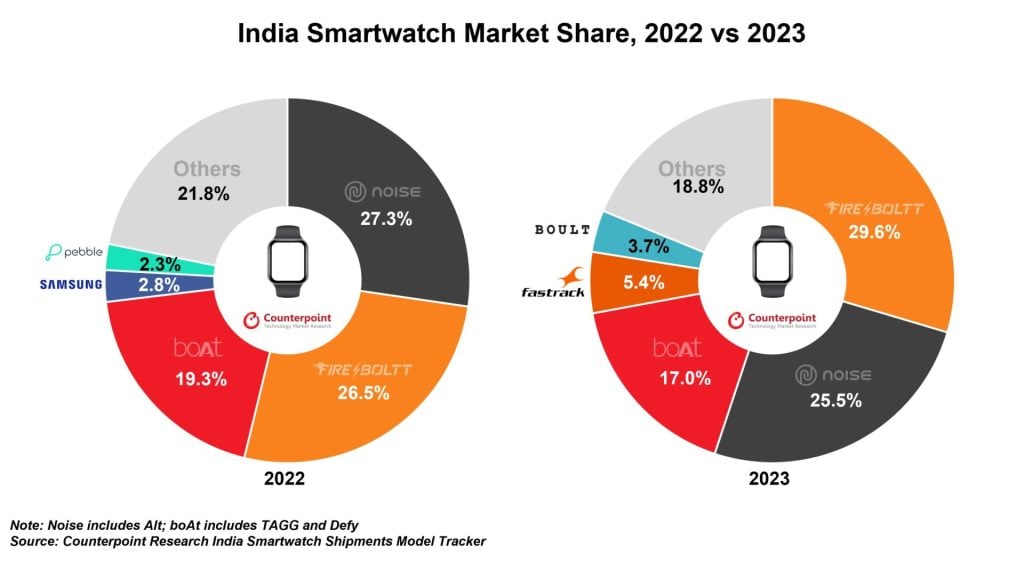
Despite the overall market growth, international premium brands like Samsung saw a 3% year-on-year decline, although they did experience a 17% growth in the fourth quarter, with the Galaxy Watch 4 emerging as their most popular model due to promotional pricing. It also became the top-selling WearOS smartwatch in India. Conversely, Apple witnessed a substantial 57% decline in shipments, primarily due to its products’ longer replacement cycles, higher price points, and compatibility exclusively with iPhones. However, Apple still managed to maintain its dominance in the high-end market segment, priced above ₹20,000 and anticipates a gradual increase in Apple Watch shipments in 2024 following a rise in iPhone sales in India during 2023.
The surge in smartwatch popularity isn’t solely about affordability. An increasing emphasis on health consciousness, wellness, and the appeal of tech as a fashion statement are significant factors driving this trend. Consumers are keen on gadgets that enable them to monitor their health metrics, stay physically active, and express their personal style, and smartwatches fulfill these needs.
India’s rapid adoption of smartphones and its young, tech-enthusiastic demographic make it an ideal landscape for the expansion of wearable technology. Unlike the saturated market in China, where Indian brands have been cautious to enter, India presents a promising opportunity for growth and innovation in the wearable tech space.
Looking ahead, market analysts anticipate further consolidation, with the top five brands already commanding 81% of total shipments. The future is likely to bring a wider range of feature-rich, yet affordable smartwatches that cater to various consumer needs, from fitness tracking to fashion. Additionally, the emphasis on local manufacturing is expected to stimulate job creation and support the development of a self-reliant technology ecosystem in India.
RELATED:
- Boat Lunar Link smartwatch with 1.4″ display, Bluetooth calling & 7-day battery life unveiled
- Noise ColorFit Vivid Call 2 smartwatch with 1.85″ display, 7-day battery life & Bluetooth Calling
- Xiaomi 13 Ultra Premium Camera Phone is now only $799
- Get $100 OFF on Xiaomi 14 Pro at Giztop (1TB Variant)
- OnePlus partners with Pixelworks to Elevate Mobile Gaming Experience on the OnePlus 12
(Source)













